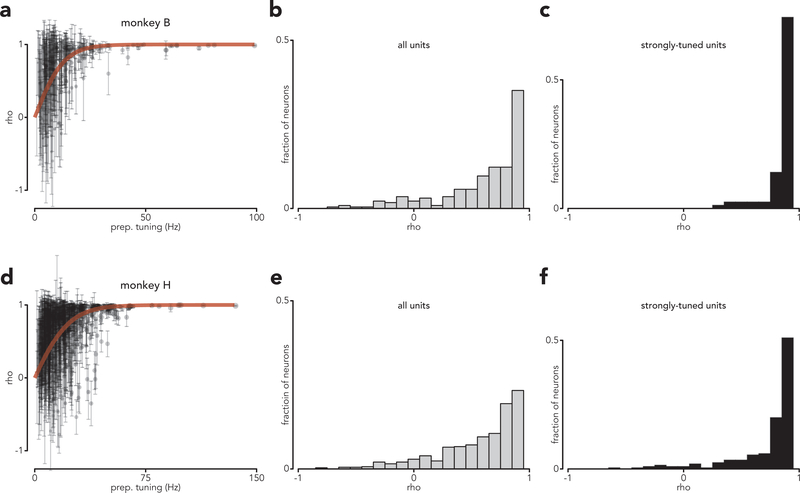Extended Data Fig. 8. Individual-unit delay-period activity is similar before compound reaches and corresponding single reaches.
a, The trial-averaged firing rate of each unit, for each condition, was calculated during a 100 ms window, beginning 170 ms prior to reach onset. For each recorded unit, we then correlated the firing rates before compound reaches with those before corresponding single reaches. A unity correlation indicates that firing rates depended only on the identity of the first reach. A correlation less than unit could indicate either the influence of the second reach (as proposed by the holistic hypothesis) or the influence of measurement noise. The latter is relevant because many units had weak-to-modest ‘preparatory tuning’ (the range of firing rates across conditions), making strong correlations unlikely given measurement noise. We thus plotted the correlation versus the strength of preparatory tuning. Each light grey marker represents an individual unit. To improve visibility, marker size increases with tuning strength. Error bars represent the 95% confidence interval of the correlation for each unit, calculated by resampling individual trials with replacement (n=1000 resampled populations). The correlation between the delay-period activity of single and compound reaches increases sharply with tuning strength (red trace) and plateaued near unity, consistent with the independent hypothesis. Data were fit with a hyperbolic tangent with a single free parameter that determined the slope of the function. Data are for monkey B. b, Distribution of correlations for all individual units from monkey B (median ρ = 0.77). c, Same but for units with stronger preparatory tuning (top tertile; median ρ = 0.94). d-f, Same as a-c, but for monkey H. Median ρ was 0.74 and 0.90 for the two distributions.

